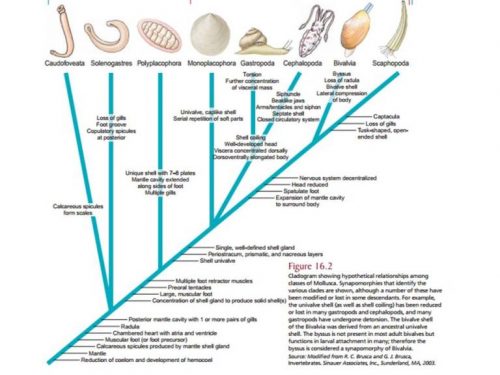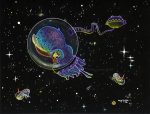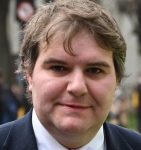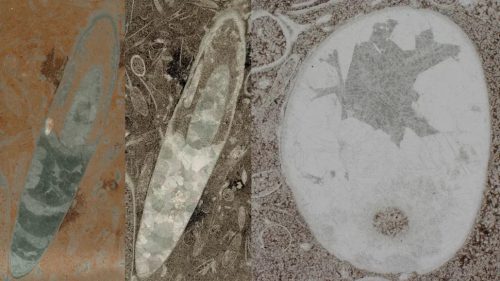After the public scouring of Wickramasinghe’s claims that he’d found diatoms in a meteorite, the godawful HuffPo has, of course, given him a free and credulous article in which to defend himself. The amazing thing is that even in a puff piece that doesn’t challenge him at all, he shoots himself in the foot.
Plait claims that the diatoms Wickramasinghe found, "a type of algae, microscopic plant life," are simply a freshwater species found on Earth. Wickramasinghe doesn’t deny that the meteorite sample his team studied contains freshwater diatoms.
"But — there are also at least half a dozen species that diatom experts have not been able to identify," Wickramasinghe said.
Boom, we’re done. That is an open admission that his sample is contaminated. It doesn’t matter that some portion of his sample is unidentifiable — and most likely, it’s the stuff he calls ‘filaments’ and ‘red rain cells’ that aren’t even biological … he cannot claim that the only possible source of that material is outer space.
And then there’s this vague bit:
Critics have also asserted that the meteorite in question may not, in fact, be from outer space. Could it simply be an Earth rock?
According to Wickramasinghe, "This was also the guess of the Sri Lankan geologists who first looked at the rock. They had considered the possibility that the rock may be … a rock that was struck by lightning. We examined this possibility and found it to be untenable. From all the evidence we possess (and we are planning to publish this), I personally have no doubt whatsoever that this was a stone that fell from the skies."
So the expert geologists tell him it’s a terrestrial rock, and then declares on the basis of unpublished evidence that he won’t describe that it can’t be. Right. I’m unconvinced. It doesn’t even matter if it is a meteorite or not at this point — it’s contaminated, and he published it as if it were not.











